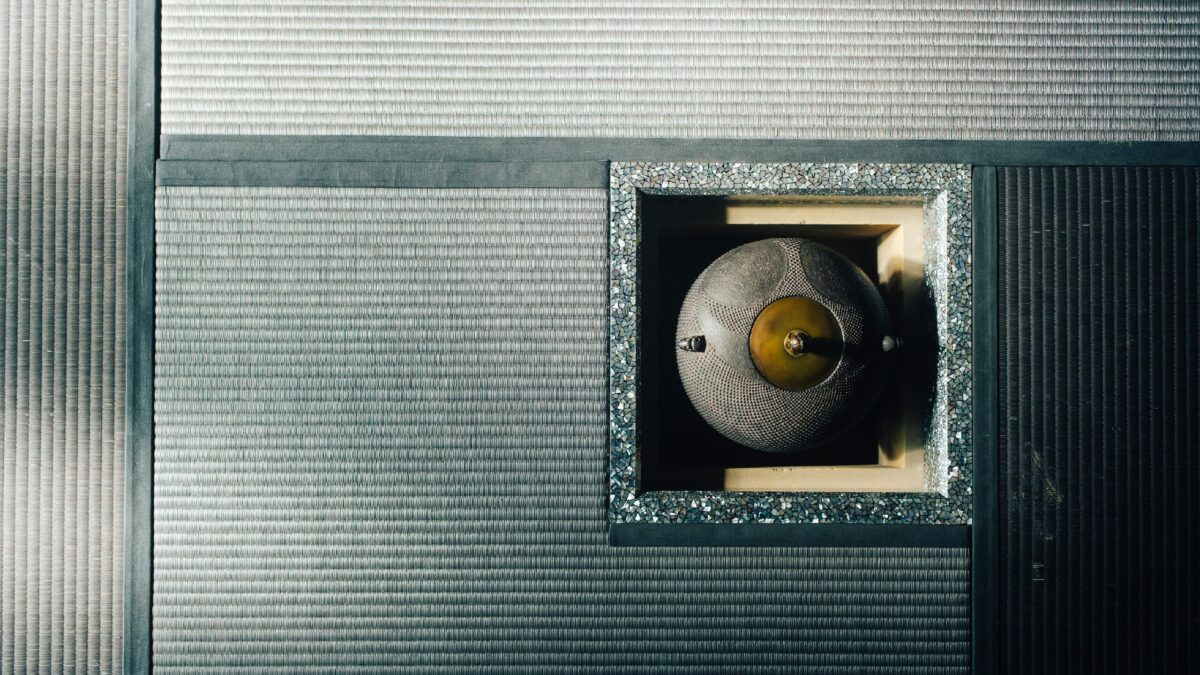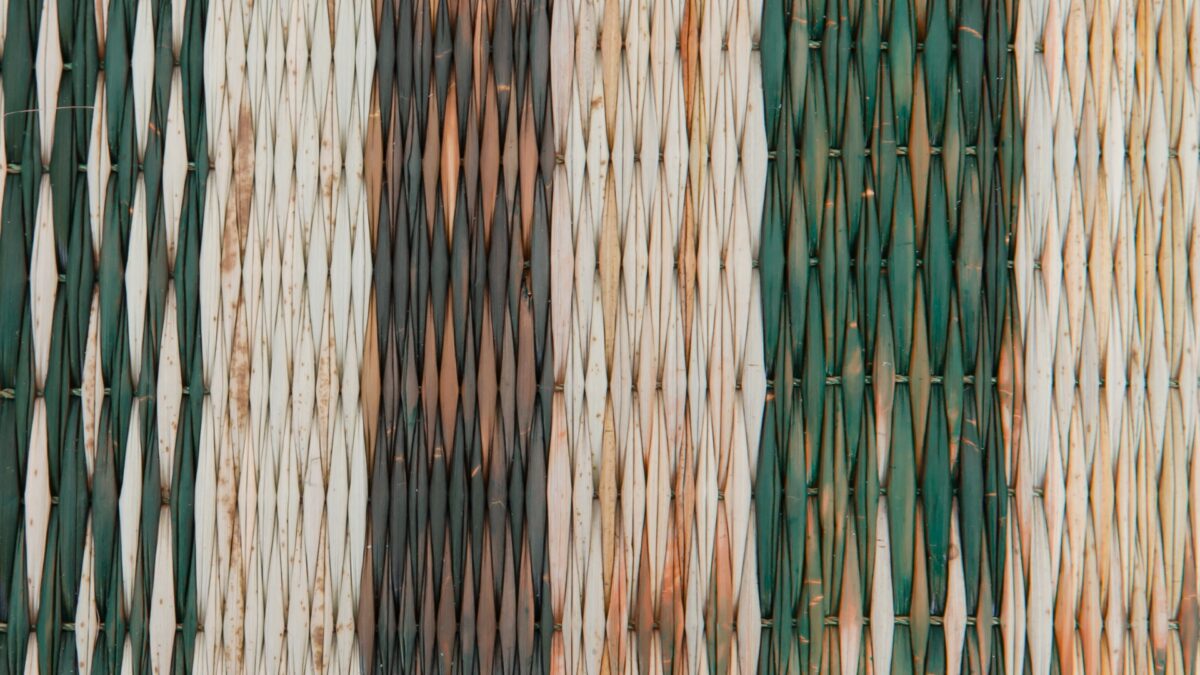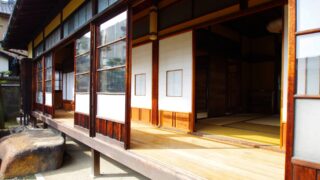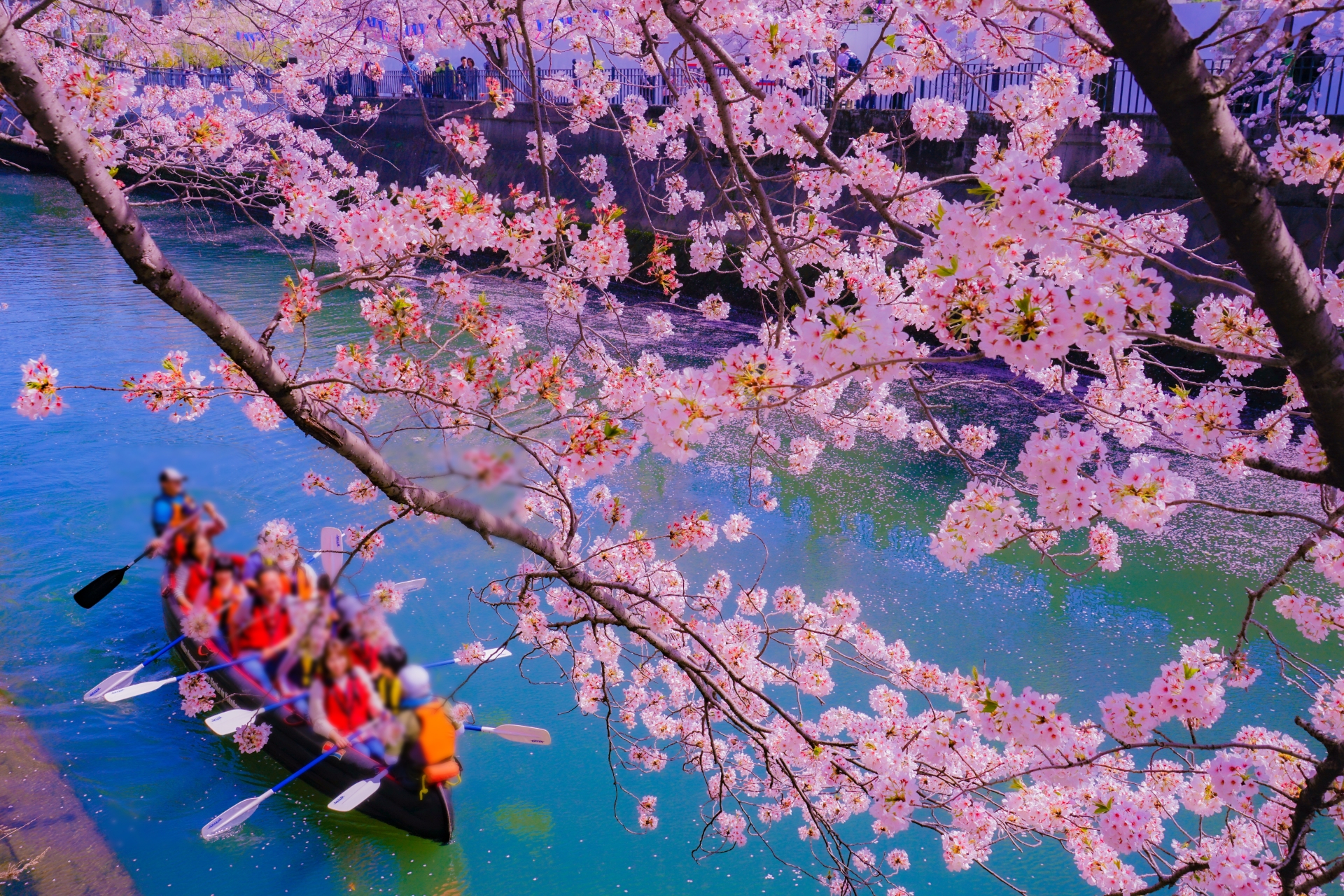
Mao Goto is a Japanese freelancer who was born in Hayama, Kanagawa prefecture, and raised in Tokyo. Since 2016 she lives in the Taito Ward, home to a lot of Japanese culture hotspots such as Asakusa, Akihabara, and Ueno. She has been interested in the field of English education in Japan and got her Master’s degree in March 2020. A lover of photography, travel, sweets, and cross-stitch. Contact her via Facebook.
This post may contain some affiliate links. When you click through and make a purchase we may receive some commission, at no extra cost to you.
Discover the cultural tapestry of Japan through the ancient tradition of tatami, Japan’s traditional straw flooring. As you step onto these meticulously crafted mats, not only will you experience the comfort they offer but also connect with the heart of Japanese living. Explore the seamless blend of history and modernity in Japan, where tatami transcends mere flooring to become a symbol of harmony and tradition. This article will unravel the secrets of tatami that create a unique and timeless experience for Japanese homes!
1. What is Tatami?
Tatami is a symbol of Japan’s unique culture, and its manufacturing process is acclaimed as the best flooring material for the Japanese climate. Tatami is made by skillfully layering and compressing layers of rice straw and weaving textured natural igusa into the wrap. This unique manufacturing process is more than just a flooring material; it is the culmination of Japanese tradition and technology. Tatami mat floors have attracted attention in real estate advertisements, where the “J” is used as a unit of measurement to indicate the size of a room. Tatami mats are truly a perfect fusion of beauty and practicality in the Japanese home thanks to the delicate manufacturing process and functionality. The comfortable feel of tatami and its unique way of expressing spaciousness symbolize the role tatami plays in Japanese housing culture.

2. History of tatami
The origin of tatami dates back to the Jomon and Yayoi periods, and its history is deeply rooted in Japanese culture and architecture. Thin rugs made of woven straw or grass were found at archaeological sites from the Jomon to Heian periods, believed to be the prototype of tatami and influenced the modern tatami. When tatami first appeared, it was used as a cushion-like rug. Over time, tatami evolved, and from the Kamakura to Muromachi periods, it was transformed from the “board style,” in which it was placed partially, to the “tatami-shiki style,” in which the entire floor was laid out. Tatami was used not only as a mere tool for sitting and sleeping, but was also widely used as a building material. Today, tatami is commonly used in Japanese-style rooms in detached houses, condominiums, and apartments. Recently, tatami mats with sophisticated designs have been introduced, such as thin tatami mats in wood-floored rooms, tatami mats without igusa (Japanese paper mats), and tatami mats with no edges. The evolution of tatami over time and its diversity has contributed to its long lasting attractiveness.

3. Why is Tatami used?
(1)Cleans the air
Tatami has amazing properties that purify the air. Tatami matting absorbs nitrogen dioxide and keeps the air in the room clean. Thanks to this, the air in a Japanese-style room is always considered fresh and clean.
(2) Tatami has a positive effect on the brain
Tatami also provides good stimulation to the brain and is said to have a lasting effect on concentration. The aroma of rush grass and the coolness of its humidity-regulating properties enhance concentration. Also, the quiet environment created by its sound-absorbing properties also helps us to focus on problems. Furthermore, the unique aroma of tatami is said to have a relaxing effect, providing a comfortable space.
(3) Fire Resistance
Tatami is also flame-resistant. The tightly compressed rice straw is flame retardant, and because it contains moisture, it is unlikely to catch fire all at once. This property is one of the factors that position Tatami as a safe and reliable flooring material.
4. Where Tatami is seen
Tatami mats are frequently used in traditional Japanese homes to create a distinctive Japanese style. Surprisingly, Japanese-style rooms have recently been incorporated into modern Western-style homes, spreading the charm of tatami in a new way. This unique flooring material enjoys outstanding popularity due to its soft feel and traditional atmosphere. Step into any historical Japanese building and it is common to see tatami in old ryokans, shrines, temples, and castles. Tatami is a symbol of Japanese culture and tradition, offering a sense of the history and atmosphere of a place.

5. Tatami etiquette
(1) Do not step on the edge of tatami
The edges of tatami mats are imbued with deep meaning. From ancient times, the edges of tatami reflected social status, and stepping on them was regarded as an act of lack of respect for authority. When walking on tatami, respect the edges and be mindful not to step on them.
(2) Do not wear slippers on tatami
The custom of taking off slippers on tatami is deeply rooted. Tatami is made from natural igusa, which is easily damaged when dirt or moisture adheres to tatami. Slippers should be removed when going up to a Japanese-style room to keep the tatami in good condition. This custom is an important etiquette to preserve the beauty of tatami and to enjoy peaceful moments in a Japanese-style room.

6. Where tatami is made
The majority of the raw material for tatami, igusa, is born and grown in Kumamoto Prefecture, where the scenery is beautiful. Kumamoto’s fields cover 1,326 hectares and account for 93% of all igusa in Japan. In the past, the spread of Chinese tatami caused a downturn in Kumamoto’s tatami production. Since then, the prefecture has been involved in aggressive advertising activities and the development of new, high quality products; now remaking a name for itself throughout the country. The appeal of tatami is alive and well in other parts of Japan as well, including Fukuoka, Hiroshima, Ishikawa prefectures and so on. Tatami grown in each region reflects the unique characteristics and culture of that region, allowing visitors to enjoy the many facets of Japan through tatami.

In this article, we have taken a look at some wonderful facts about tatami. Did you learn something new? As you tread upon these straw mats, you’re not just experiencing flooring; you’re stepping into the soul of Japan. Tatami, with its timeless allure, invites you to embrace the warmth of Japanese homes and the spirit of a nation. Immerse yourself in this cultural embrace and leave with memories that echo the harmonious essence of Japan and embark on a journey through cultural heritage, where the art of tatami weaves together tradition and modernity.
Japan Wonder Travel Tours
Japan Wonder Travel is a travel agency that offers guided tours throughout Japan.
From private walking tours to delicious Food and Drink tours, we can help you organize the best tours just for you! If you want to explore Japan and learn more about the history and backstories of each area you are visiting, our knowledgeable and friendly English speaking guides will happily take you to the best spots!
In addition, we can provide you with any assistance you may need for your upcoming trip to Japan, so please feel free to contact us if you have any questions or need some help!
▶Tokyo Tsukiji Fish Market Food and Drink Tour
Explore the most lively and popular fish market in Tokyo and try some of the local’s favorite street foods and sake with one of our friendly and knowledgeable English speaking guides!

▶Tokyo 1–Day Highlights Private Walking Tour (8 Hours)
There’s no better way to explore an area than taking a tour with a knowledgeable local guide. You will have the chance to learn about the history and interesting background stories of Tokyo, as well as discover some hidden gems which can be hard to do without a guide.

▶Mt. Fuji Day Trip Bus Tour from Tokyo
Experience the breathtaking views of Mt. Fuji by visiting the highlights of the area on our guided sightseeing bus tour! Departing from Shinjuku in central Tokyo, you can travel comfortably to all of the best spots in the area by bus.

▶Kyoto Private Full Day Walking Tour
On this full-day private tour of Kyoto, you will be able to see the highlights of Kyoto in just one day and at the same time develop a deeper understanding of both the culture of the area and Japan as a whole.

Follow us on Instagram, Facebook, Twitter, and TikTok for more travel inspiration. Or tag us to get featured!
Happy traveling!
Subscribe to our newsletter!





